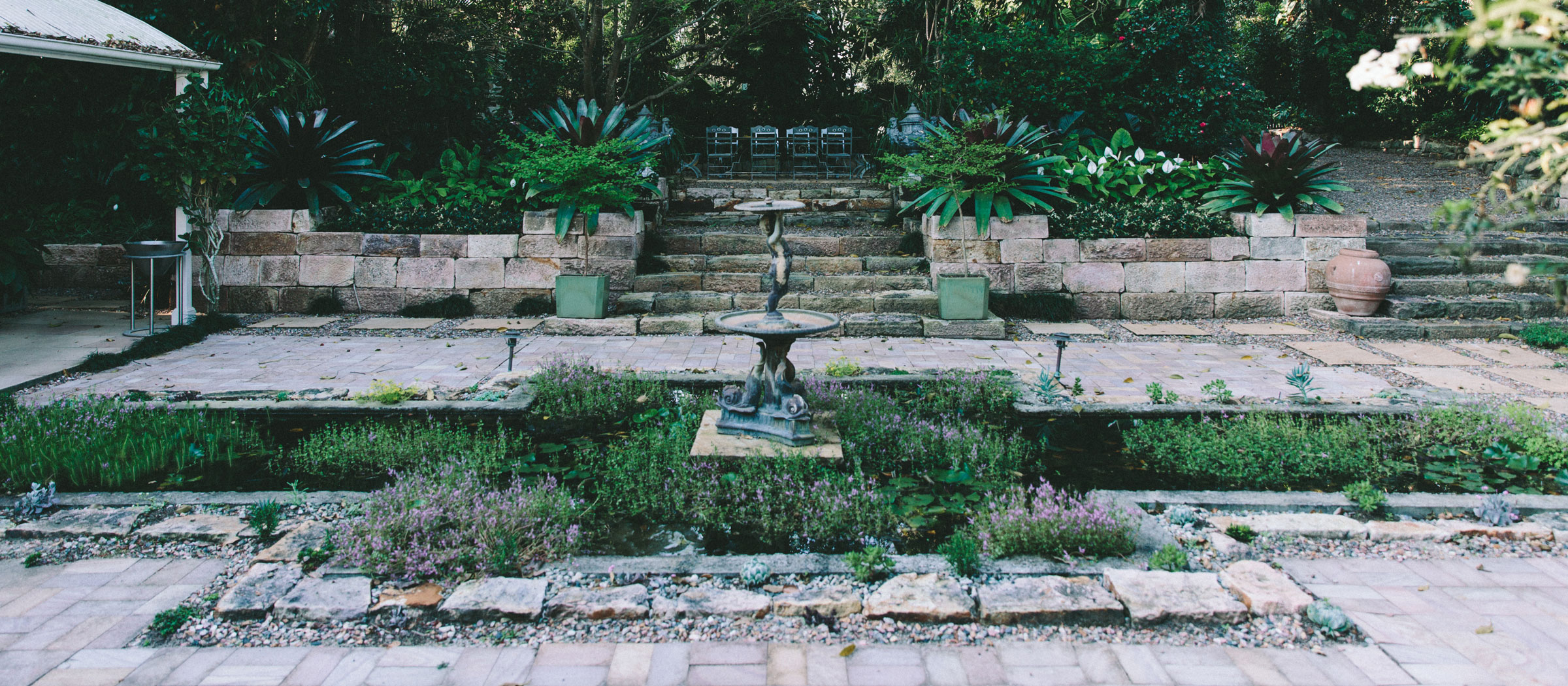Wild Cherries and Moonshine in the Albanian Alps

- Words by
- Alecia Wood
- Images by
- Alecia Wood
There’s a goat eyeball staring up at me from a greasy plate. The animal’s shank has been cleaned of every last nibble, his ribs and chops passed around the lengthy dining table, but it’s the highest of honours to be offered the goat’s head – and those glossy orbs inside – by our Albanian hosts.
Palms slap the table, roars erupt and tiny glasses filled with raki – a hard-as-nails, grappa-like distillate – clink as we shout the same lines chanted every time a drink is poured and taken: Gëzuar! Faleminderit shumë! Shumë shumë! – Cheers! Thank you very much! Very much!
The chosen guest pops the juicy morsel into his mouth, swallowing with an uneasy smile.
In the far northern Albanian Alps, it had taken our group a two-hour drive across dicey cliffside roads (or rocky paths, rather), plus an hour-long hike uphill, to get to this mountaintop village for lunch. Just a handful of families live here, along with some horses, herds of goats, beehives, and a thriving veggie patch. On the surrounding hillsides, there’s a carpet of wild sage, orchids and pomegranate trees that are used fluidly across the kitchen and medicine cabinet.
With conventional medication picked up hours away from this town, a professional forager from the area details the myriad ways local plants can be used: dried bilberries make a great snack, and fight diarrhoea; coughing and fevers can be tackled with a tea made from lulet e limonit (lime tree flowers); St. John’s Wort is steeped in oil and used to treat open wounds; while wild sage is just as good over pasta as it is in a tisane for sore throats and rheumatism.
Albania itself was isolated under strict Communist rule from 1946 onwards; conditions were austere during that time, and it was one of the poorest countries in the world when it finally emerged from Communism in 1992. The people in these villages have long been accustomed to harnessing their extensive traditional plant knowledge for the sake of healing and eating. Oh, and drinking, too.
At an 8am pit stop en route to that far-flung spot, patrons’ mini glasses are topped up with raki at a roadside café; it’s served on arrival to lunch, throughout the meal, and well beyond, seeing as we’re cut off up there by a storm – it’s even poured into little cups of espresso come teatime. Raki is sipped, seemingly, from sun up to sun down.
“In Albania, our raki is around 19% alcohol because we drink it while eating,” says Anton Prenga, co-owner of Mrizi i Zanave restaurant in north Albania. That’s unlike Italian grappa, which has upwards of 35% alcohol and is typically used as a digestivo at the end of a meal. “There isn’t a big tradition of wine here, usually the grapes are used to make raki.”
Up in the alpine region, raki is often homemade, where wild cherry plums and super tart cornelian cherries are collected from the mountainsides to produce the spirit. Here at the restaurant, I’m watching them make it from wild blackberries, and it’s sometimes also made from grapes, or a mix of grapes and other fruit.
One whiff and they’ll all put hair on your chest, but the flavour is nuanced depending on the base fruit, and I grow to like drinking it more and more during the week I’m there.
To make it, the fruit is mashed and fermented for a period depending on its sugar content – cornelian cherries take longer, for example, as they’re quite acidic – then boiled in a big copper pot (here, sealed with ashes and flour) with a pipe attached. “The vapour runs through the pipe and goes into a bucket on the other side, [that’s cooled] so the vapour becomes liquid again,” Prenga says. “It’s a traditional product from the area, so it has to be done like this. Using cherry plums, it takes 400 kilos of fruit to make 10 litres of raki.”
Though homemade raki is a long-standing custom in Albania, as the country draws closer towards its hopes of joining the EU – promising broadened economic opportunities, especially – there was some talk of higher regulation interfering with the tradition. For now, it seems locals’ botanical (and beverage) know-how is very much flowing. Shumë shumë.
–















